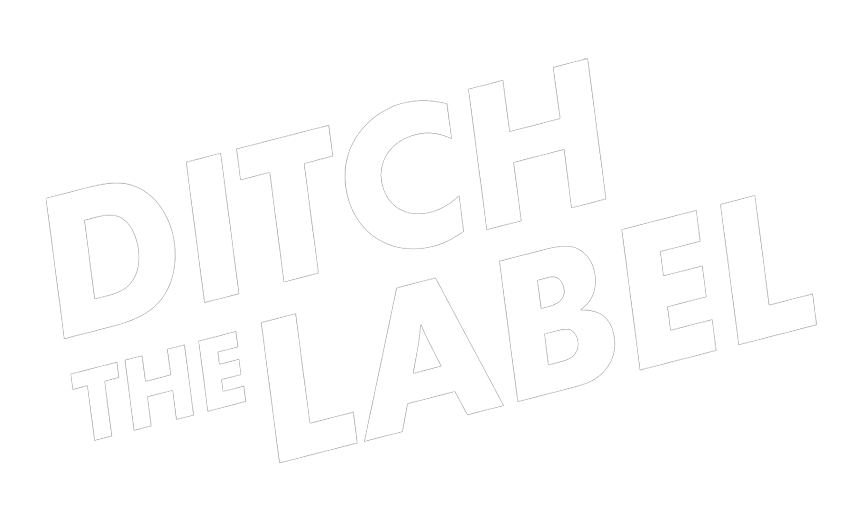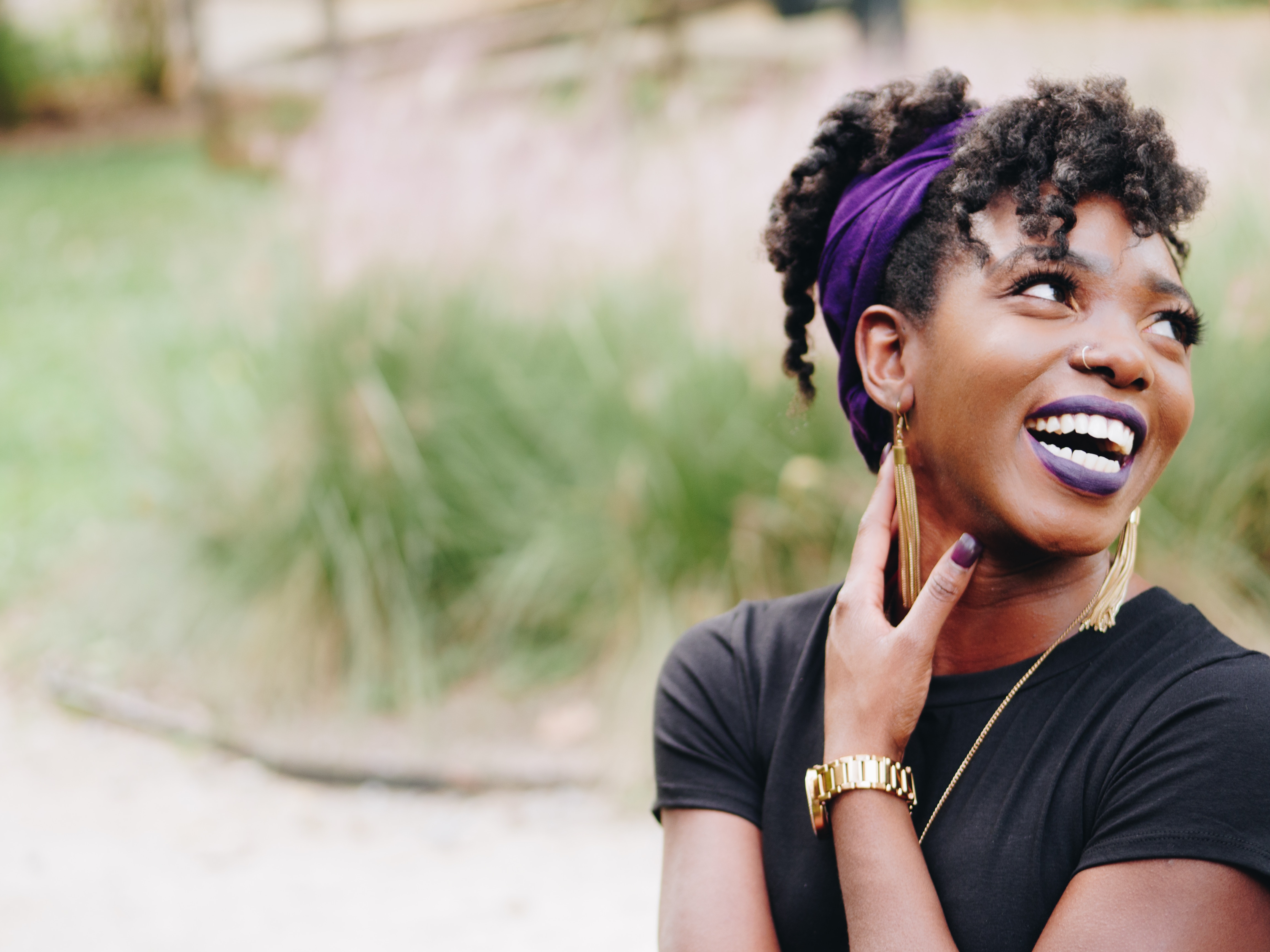It might be the ‘A’ in LGBTQUIA+, but asexuality doesn’t get a lot of press. As a result, it is not very well understood by the public at large, with many wrongly characterising it as a mental illness, a hormone disorder, or an inability to get anyone to date. None of these are true, and asexuality is a valid sexual orientation that needs to be more widely understood. That’s why we have put together a quick guide to understanding asexuality.
Quick Definitions
Asexuality– A sexual orientation defined by the lack of sexual desire and feelings for others
Ace– An abbreviation for someone who is asexual e.g. ‘They are ace’
Homoromantic– Pursuing a romantic relationship with someone on the same sex
Heteroromantic– Pursuing a romantic relationship with someone of the opposite sex
Biromantic– Pursuing a romantic relationship with both sexes
Panromantic– Pursuing a romantic relationship with someone irrespective of sex or gender
Aromantic– Not pursuing romantic relationships
Greysexual– Sits between asexuality and hetero/homo/bisexuality, greysexuals experience some sexual feelings but only under very specific sets of circumstances and very rarely
Demi-sexual – Sits between greysexuality and hetero/homo/bisexuality, demi-sexuals experience sexual attraction and feelings only with people with whom they have a strong emotional connection, and only when this has occurred.
What is Asexuality?
Asexuality is a sexual orientation like heterosexuality, homosexuality and bisexuality. It is defined by the Asexual Visibility and Education Network as the absence of sexual attraction.
‘An asexual person is not drawn to people sexually and they do not desire to act upon attraction to others in a sexual way.’
Asexuality can also work in tandem with another sexuality. This is when someone is asexual, i.e. having no sexual desire, but pursue romantic relationships and companionship. Here, you can be asexual, but homoromantic heteroromantic or biromantic, meaning you pursue romantic relationships with people of the same gender, opposite gender or both genders respectively.
Below is a simple spectrum to help you understand where some asexuality types lie on a spectrum of sexuality.

Understanding Asexuality
To understand asexuality, it is important to understand the mechanics of sex, attraction and romance. There are many variations in asexuality which is why it can be quite confusing for people to understand, even for ace people themselves.
For example some aces do date. Others do not. Those that do not are known as aromantic, and those that do are known as hetero/homo/bi/panromantic, depending on the gender of the person they pursue relationships with.
Some aces have sex. Others do not. Some aces appreciate the physiological pleasure that comes from having sex, and will do it in pursuit of that pleasure, but will not have feelings of sexual attraction to people or the person with whom they are having sex. Some aces do not have sex and are indifferent to the idea of it. Some are physically disgusted by the idea of it and these are known as sex-repulsed asexuals.
The key thing to remember is that whilst for many people sex, sexual attraction and romance all overlap, for ace people they do not.
How many people are ace?
Around 1% of the population are asexual. However, some medical experts believe this number could be much higher, and people simply do not know or wish to use the term asexual.
[full-width-figure image=”https://dtl-staging.org/2020/wp-content/uploads/2019/03/toa-heftiba-205007-unsplash-compressor.jpg”]
Who is Asexual?
Anyone can be asexual. Any gender, age, race, religion, ethnicity or personality type can also be asexual. It is important to remember that there is nothing wrong with being asexual, that you are born asexual and that it is entirely different to a pledge of abstinence or an inability to ‘get laid’.
There are some seriously awesome asexual bloggers out there who are great at explaining their journey to the term ‘asexual’. Check out these guys below:
1) Naomi King

Naomi is a lifestyle YouTuber, tattoo artist, singer songwriter and actor who came out as asexual on YouTube three months ago. The video describes her powerful journey through painful medical complications and emotional battles to finally identifying her authentic self.
YouTube
2) Chandler Wilson

Chandler’s YouTube will answer any question you have ever had on being trans, non-binary or asexual. With a fabulous line-up of friends and other YouTubers often collaborating on videos, you will never get bored of this channel.
YouTube
3) Emi Salida
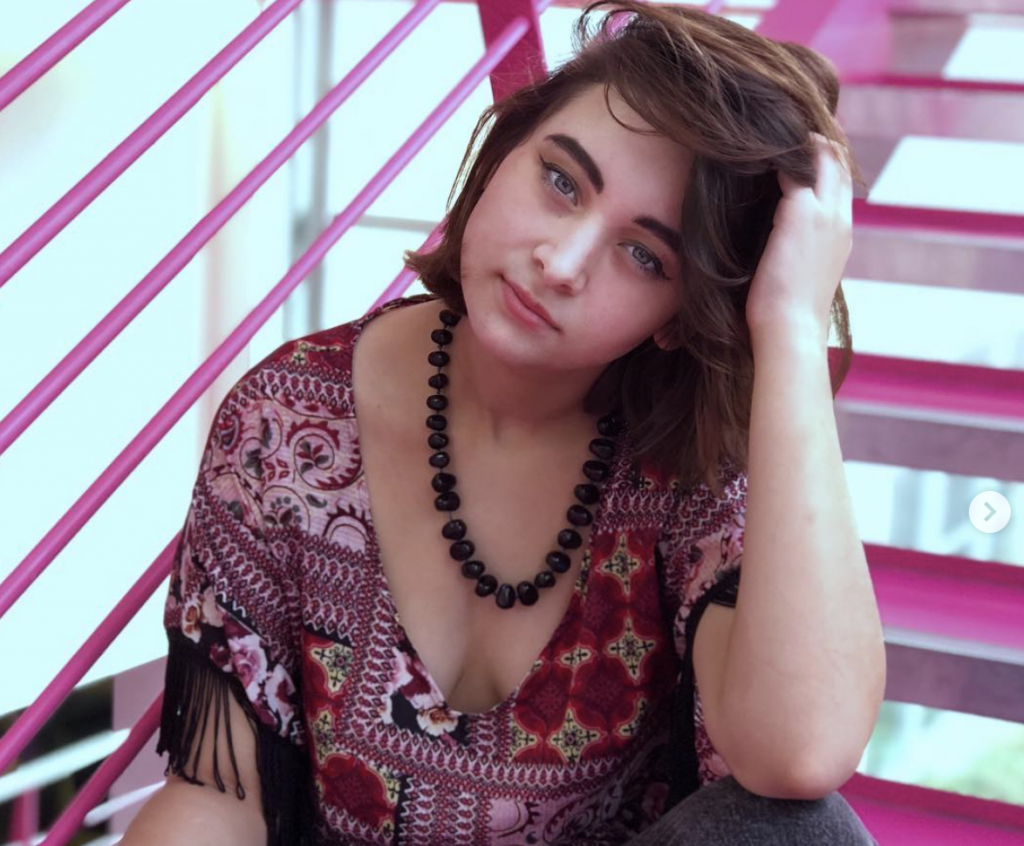
Emi Salida is a student, YouTuber and asexual activist. She is absolutely killing it right now, releasing a documentary on life as an asexual in a sexualised society.
YouTube
4) HeyoDamo
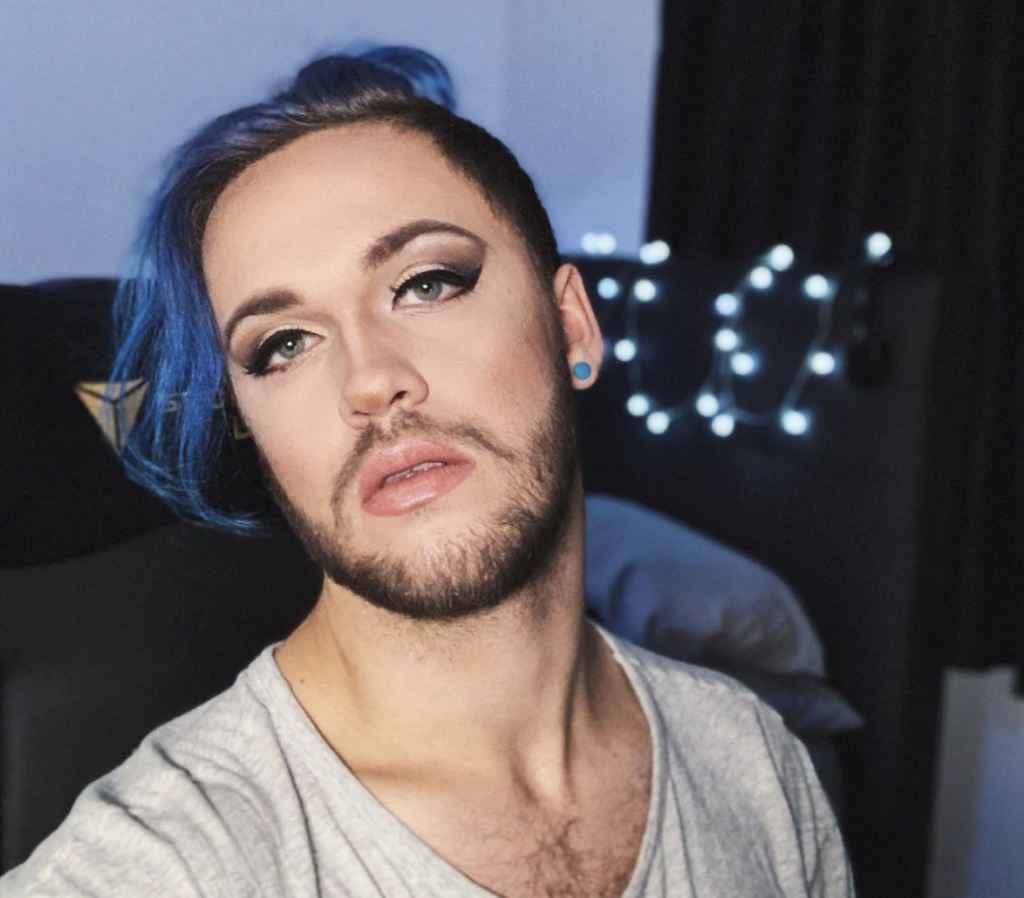
HeyoDamo, a.k.a Damian Parker, is a homoromantic greysexual from Australia. Every video he has made on asexuality has been extremely popular, probably because not only is he informative, he is hilarious.
YouTube
5) Yasmin Benoit
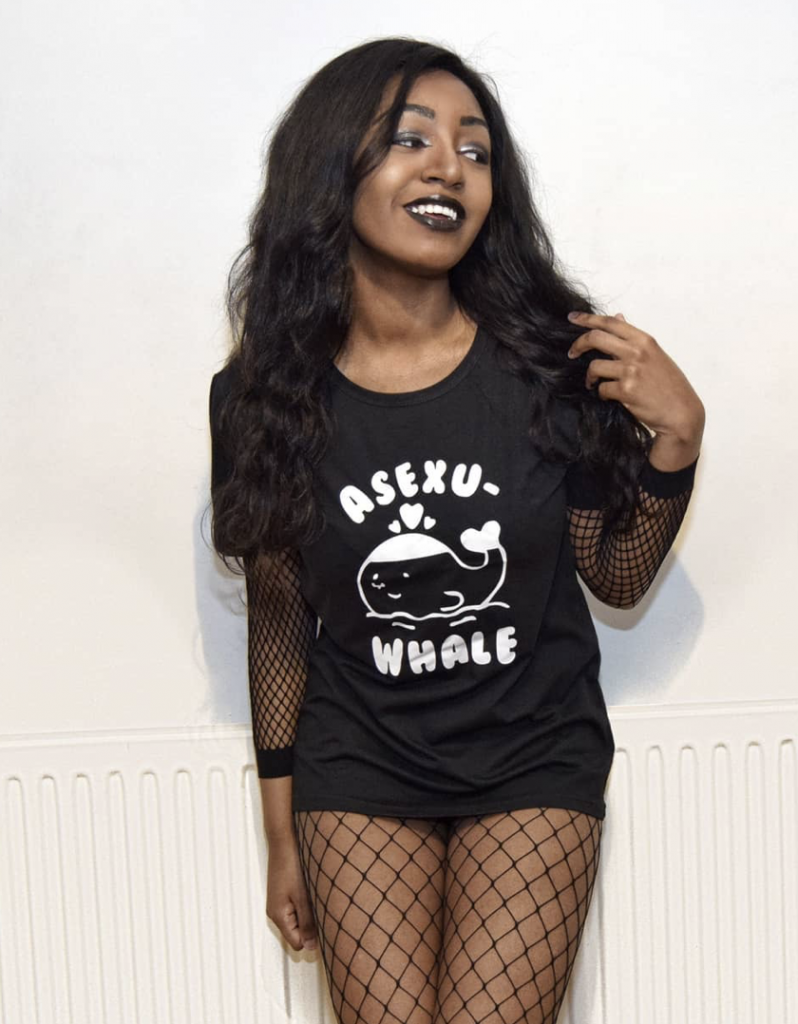
Yasmin Benoit is a model, Instagrammer and asexuality activist. Her recent Insta hashtag campaign, #ThisIsWhatAsexualLooksLike, gained support from all corners of the internet. Watch this space for more from her!
Think you might be asexual or need some guidance on where to go from here? You can reach out to the Ditch the Label Community here.




